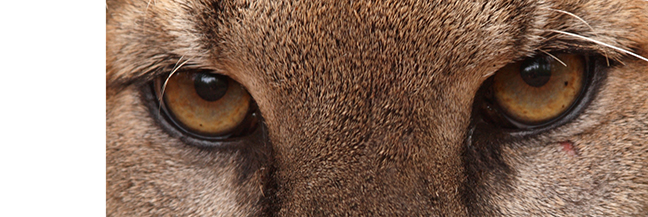Our new paper describing our population model for black bears in Wisconsin has been published in Scientific Reports.
Population estimation is essential for the conservation and management of fish and wildlife, but accurate estimates are often difficult or expensive to obtain for cryptic species across large areas. We developed a two-stage state-space Bayesian model for black bears with age-at-harvest data, but little demographic data and no auxiliary data available. We created a statewide population estimate and tested the sensitivity of the model to bias in the prior distributions of parameters and initial population size.
The posterior abundance estimate from our model was similar to an independent capture-recapture estimate from tetracycline sampling and the population trend was similar to the catch-per-unit-effort for the state. Our model was also robust to bias in the prior distributions for all parameters, including initial population size, except for reporting rate. Our state-space model improves on previous models by using little demographic data, no auxiliary data, and not being sensitive to initial population size.
